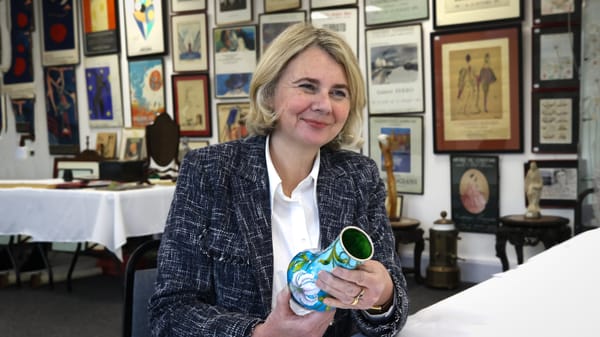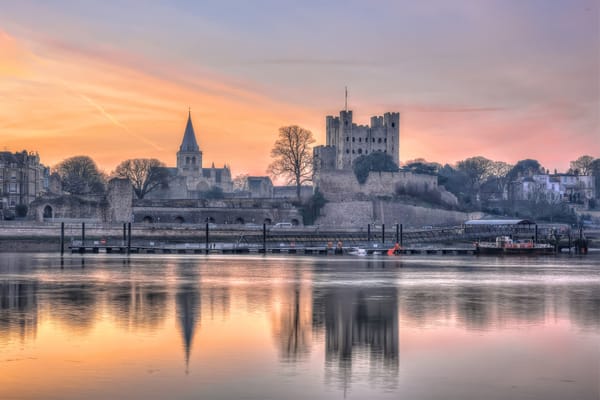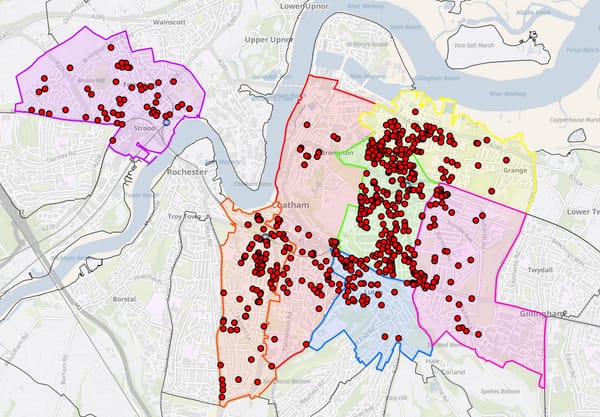St. Mary's Island is done. What's it like to live there?
As it reaches completion after 27 years, we talk to residents to get a sense of what goes on over the bridge
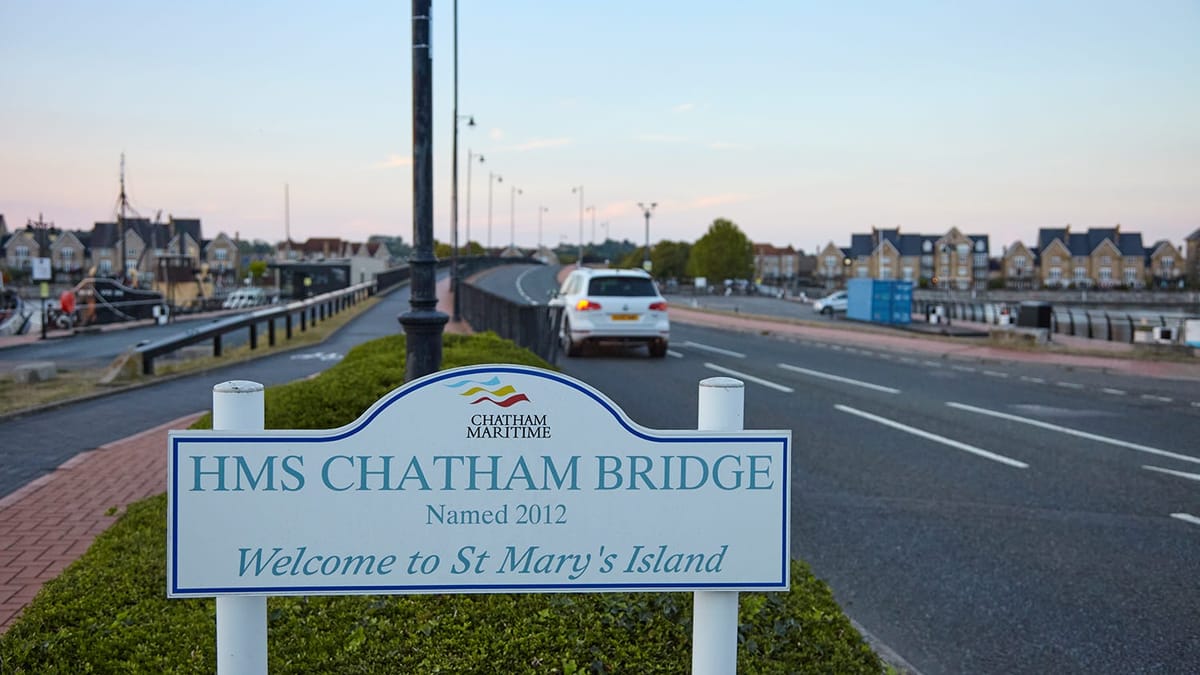
St. Mary’s Island is one of the success stories of Medway regeneration. An entire new community developed on former Chatham Dockyard land. To say it has been a long journey is something of an understatement. Following the dockyard's closure in 1984, work began on the site in 1997 and finally reached completion this year with around 1,700 homes built.
Earlier this month, at an event to celebrate the completion of work, a somewhat startling statistic was cited: Over a third of homes sold in the island's final phase were being sold to people moving from another part of the island. At a time when new builds have a reputation of attracting ‘down from Londons’ into our communities, what is it about this little corner of Medway that makes people want to stick around? Can it really be some kind of island utopia?

I’m one of the island dwellers. My partner and I moved here a couple of years ago when another property we’d committed to fell through. I was a little sceptical of the place at first. My younger self believed it would be an awful place to live. There’s nothing there! You’re miles away from anything! I also had a little snobbery about the sort of person who would want to live somewhere like St. Mary’s Island. I’d always wanted to be in the heart of things. I loved living in the centre of Rochester and having events and coffee shops on my doorstep. So moving to a sleepy island removed from almost any useful facilities or things to do never used to hold much appeal.
Then we moved here and quickly became assimilated. That younger version of myself would have hated how quiet it is, but it’s a selling point now. Our flat is away from passing traffic, and despite living on a main footpath, disturbance is minimal. After a while, I started to find little gems, like the lovely Cafe Bueno by the bridge or my incredible barber, who I’ve written about previously. There’s a Co-op just over the bridge, a cinema and restaurants in walking distance, and some lovely paths to explore around the island. Even now, two years after moving here, we walk down to the river and express amazement that we get to live in these surroundings.
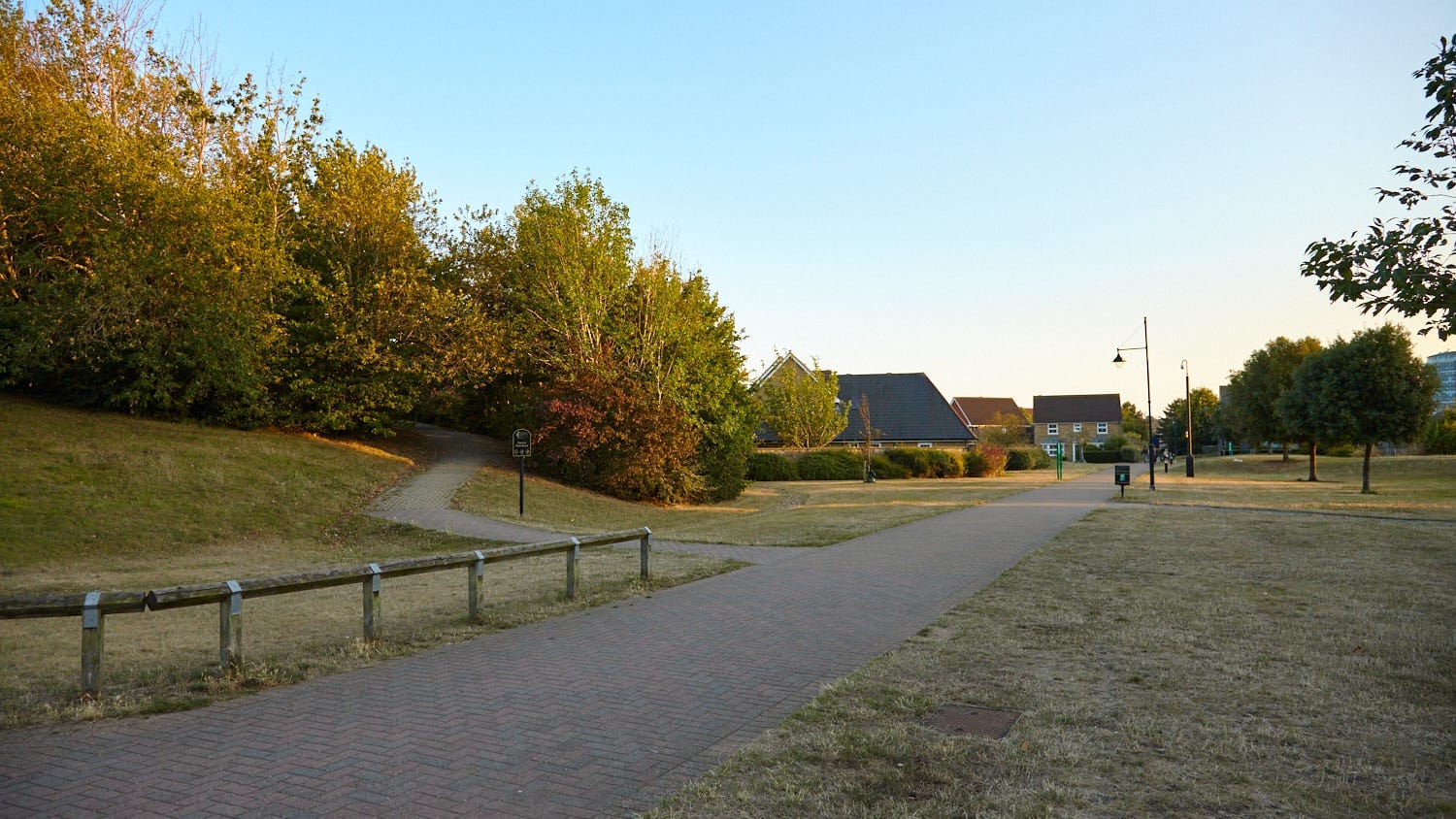
That isn’t to say that the island is perfect. A lack of meaningful public transport makes it difficult to function here without a car. Because of that, parking can be a bit of a nightmare in certain parts, with cars littering pavements. The local Facebook groups can go into overdrive if anyone dares to look slightly suspicious anywhere on the island. But overall, it’s hard not to conclude that it’s a pleasant place to live.
I’m just one person, though, and we all have different wants and expectations from the places we live. So, for this piece, I’ve spoken to three people who call the island home to find out about the good, the bad, and the downright weird parts of island living.
Amy (not her real name) came to St. Mary’s Island to get on the property ladder. She had previously rented in Rochester and wanted to make that next step, and compared to the historic town, the island presented more affordable opportunities.
One of the biggest positives for her is how safe it feels. “Living solo, I feel very safe here walking around, even after dark, which isn't the case everywhere I go in Medway. I also appreciate nowhere is 100% safe, but here feels as good as it's ever going to get.” It’s a common theme when talking about St. Mary’s Island. While many places, particularly around our town centres, can feel intimidating during the evening, there seem to be few concerns about wandering the island.
Of course, there are the standards, too: the river walks, the proximity to Dockside and the Medway Tunnel, and plenty of dogs to admire. Her flat overlooks the basin used for watersports, giving a great view for events like the annual Chatham Maritime Food and Drink Festival and dragon boat racing.
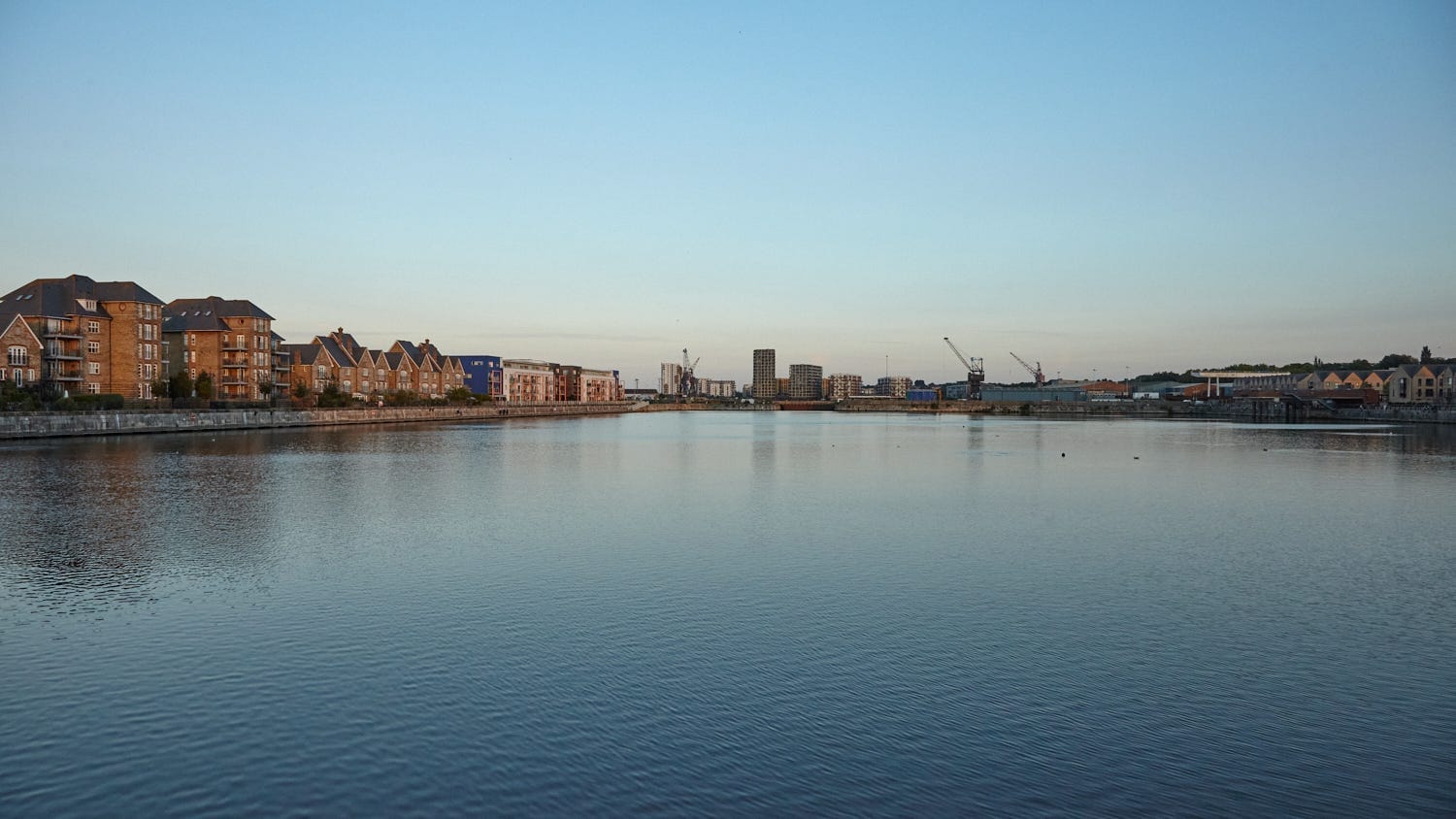
That doesn’t mean everything is perfect, though, as she found herself living with some unexpected flatmates a few years ago. “I had some mice move into my second-floor flat just as the first lockdown has eased. That was rather unexpected, being a fair distance from the ground, but the mouse man said the flat design was conducive for adventurous rodents to climb pipes.” That hasn’t been the only issue with the build quality of her block, either. “My flat feels quite flimsy with no soundproofing, and you can hear a lot of what is going on in the other flats, which can make you feel a bit of an unintentional voyeur,” she notes, adding, “I am very grateful for my noise cancelling headphones!”
While she describes a lot of the people living around her as nice, she does feel “there can be a Little England mentality at times,” remembering there were “a fair few unhappy people during lockdown when the council advertised the island as a great place for walking, running and cycling.” Similarly, users of the many Facebook groups that exist thanks to the Great Parking Permit Schism of 2018 can often complain that the island isn’t as good as it used to be or lament the permanent on-site security that used to exist on the site.
Amy recalls a maintenance worker who told her that despite the safe feeling of the island, most police visits to the island are call-outs to domestic violence incidents. It’s hard to verify this exactly, but the crime maps for the area nod to the fact there might at least be some truth in it. Of the 35 police incidents on the island in the past three months, 20 were for violent or sexual offences.
Beyond thinking it was “a bit chi-chi or bougie”, Amy didn’t have much of a perception of the island before moving on to it. “To be honest, I was just grateful for the chance to get on the property ladder that I didn't give it much more thought.”
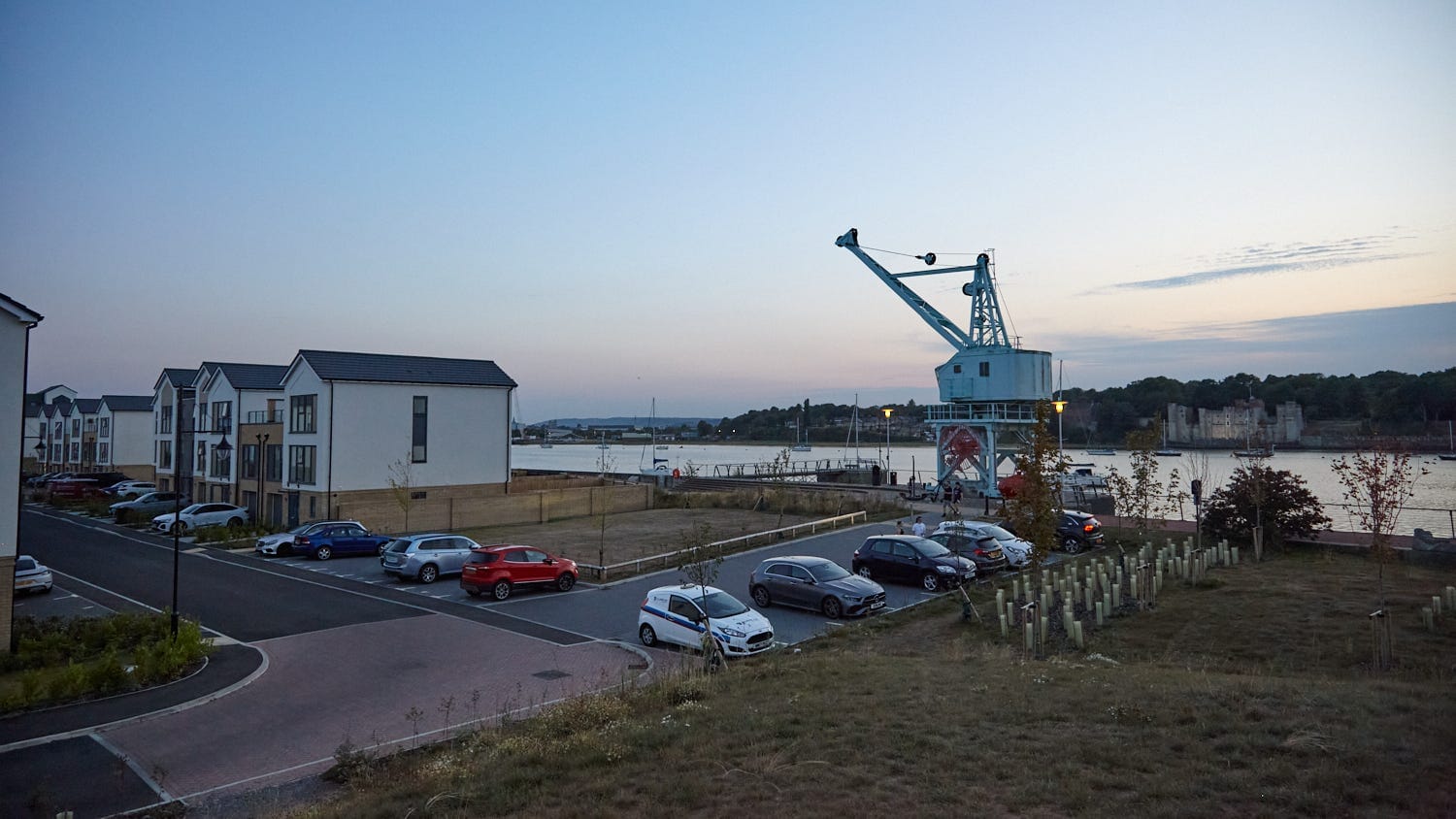
Interestingly, despite not having a garden, Amy raises a commonly heard idea on the island: Given that the site was previously used to bury radioactive waste, residents are strongly advised not to grow vegetables in their gardens. The waste indeed existed, but it was all removed before development began, with the levels of contamination on the island afterwards being heralded as lower than most places. Still, the rumour persists despite there being no reference to it in the island covenants. As someone spoken to in the development of this story told me, if the ground were that dangerous, people wouldn’t be allowed to live here in the first place.
Amy sees herself remaining on the island. While she’d love a garden and the ability to have a dog, she doesn’t imagine she’ll “ever be able to afford to move out of my flat, and if so, I doubt I'd be able to afford a house on the island.”
So, for now, she’s stuck. But as places to be stuck go, it isn’t so bad.
Laura moved to St. Mary’s Island with her partner in 2021. She didn’t intend to end up on the island and knew little of it beyond the occasional previous visit for walks around the river. After looking at a few houses in various parts of Medway, they fell in love with the home they now live in.
She likes how quiet it is while also noting how well it’s maintained, the walks, and having the Ship and Trades as her local pub. She freely admits that she has fallen into the “slightly snobby trap of never telling people I live in Chatham,” admitting she probably would have mocked people for doing the same in the past. It’s a common thing amongst those on the island, though. Perhaps this arises slightly thanks to its awkward geography that makes it postcoded in Chatham, Gillingham as the nearest town centre, all while sitting within the Rochester and Strood parliamentary constituency.
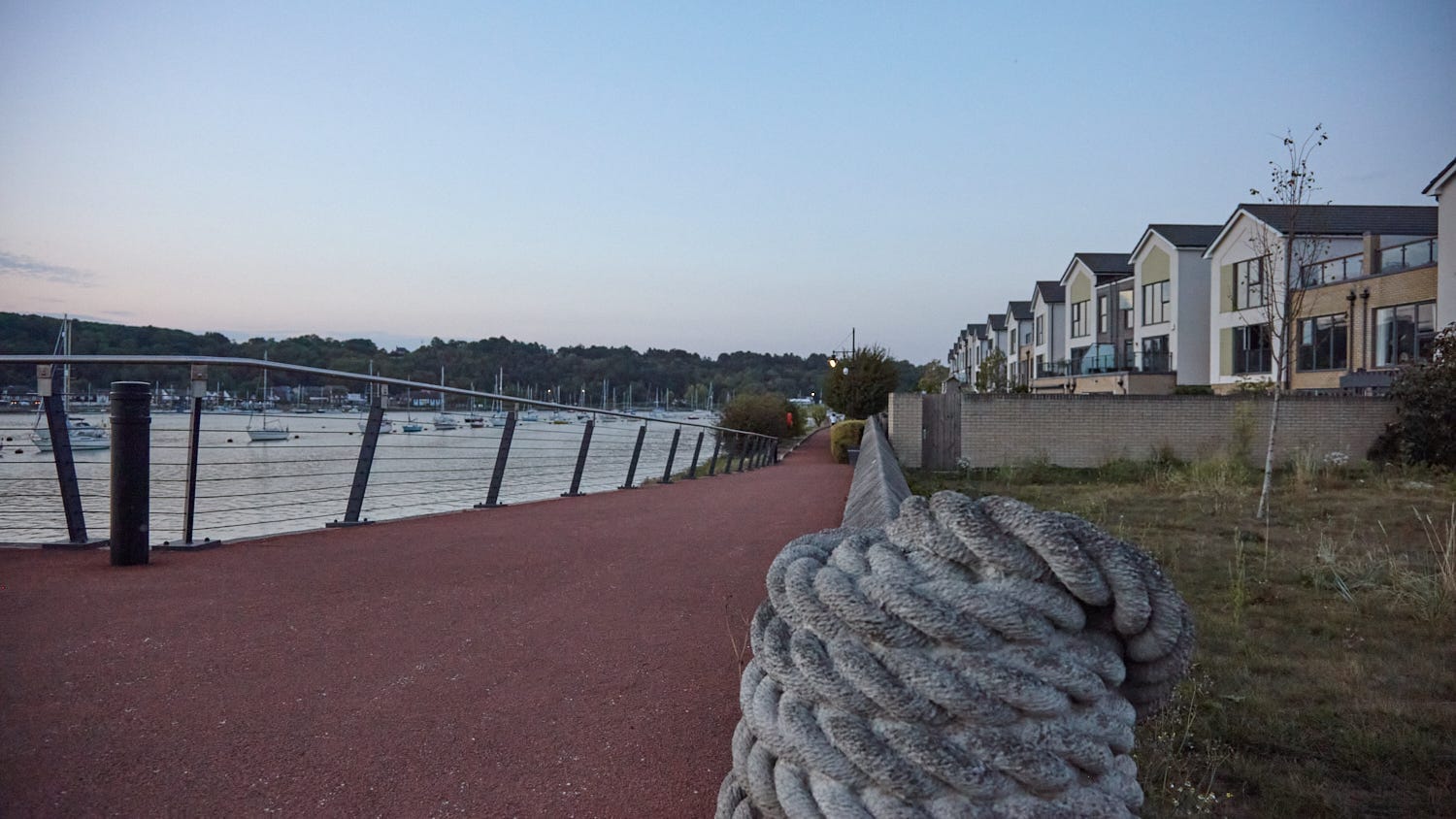
If she’s critical of one thing, it’s the bus service on the island. The singular service that operates to Chatham runs on a chaotic schedule, with buses running at best hourly but with gaps as long as two and a half hours at quieter parts of the day. Don’t even think about getting a bus after 6pm either. While most people on the island drive, getting around can be a struggle for those who don't. Laura talks about her mum, who doesn’t drive. “Sometimes it’s a bit of a mission for her to visit” with a bus that sometimes doesn’t turn up.
Bus issues aside, Laura finds little to complain about, so she sees herself staying on the island, at least for the foreseeable future. “We like our house and the area, so there’s no reason to think about moving at the moment.”
Sharon was burgled three times in her previous home in Gillingham before moving to St. Mary’s Island. She “fell in love with the security and peace” of the island. “It’s a very safe place to live, though you still have to be sensible. It’s not the 1950s,” she says, recalling a spate of thefts from cars that had residents up in arms and led to complaints that the island had changed and to bring back the security patrols. Sharon is more circumspect. “If you leave your handbag and laptop on the front seat of your unlocked car overnight, you're just daft.”
Despite relative safety, Sharon says there seems to be a sense of paranoia about crime and strangers on the island. “Everyone has Ring doorbells, and I’ve seen numerous posts on the residents’ page asking if ‘anyone knows this person?’ and they just look like a person walking by at two in the afternoon minding their own business.” She laments a “poor lad” who decided to play knock down ginger one afternoon and had his face plastered all over the page.
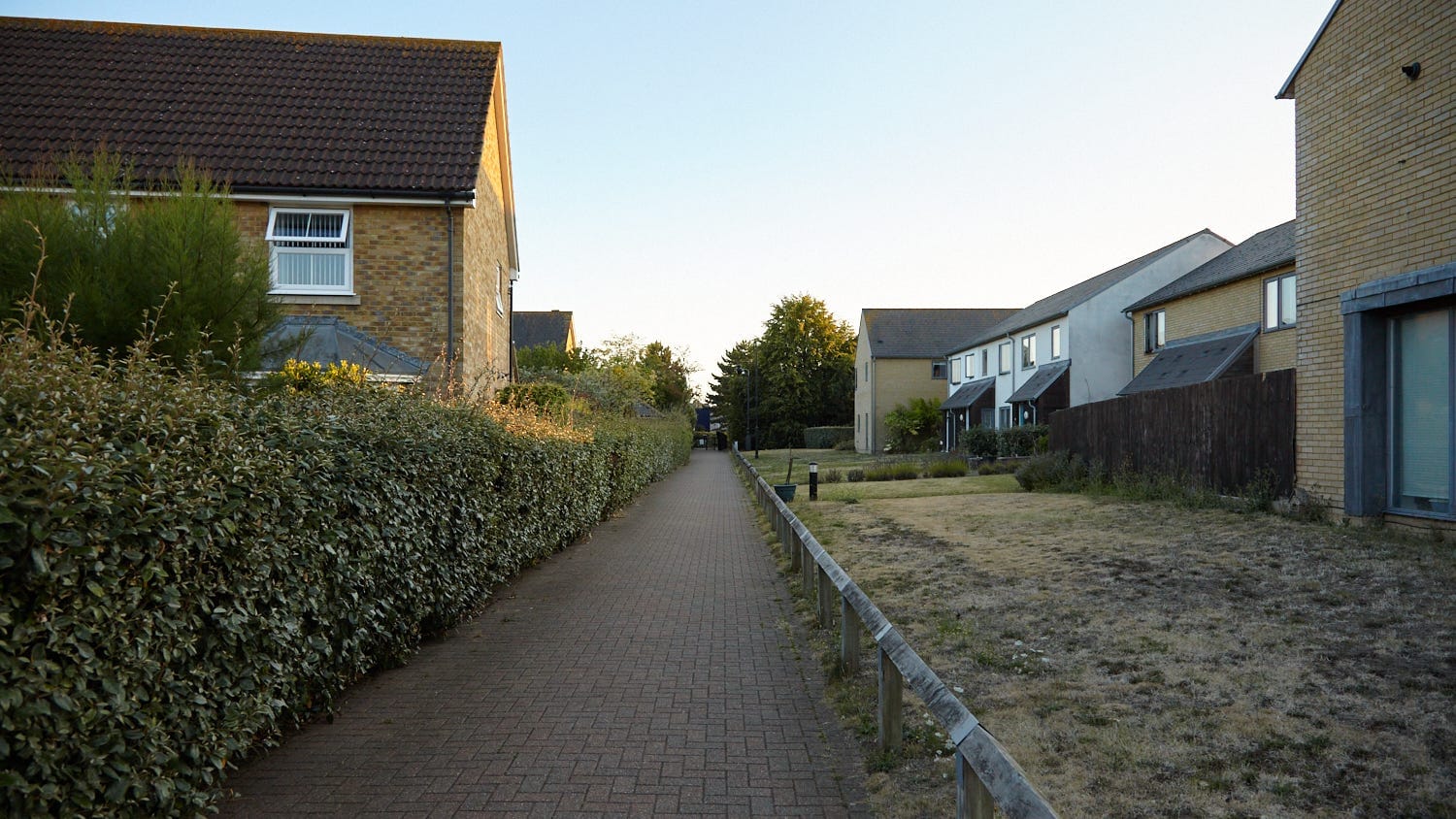
As if to highlight that the island isn’t without issues, she goes on to talk about more serious crimes that have occurred on the island, from human trafficking to drug busts to a sex party that went wrong and made the national papers. When she first moved in, she heard rumours that the speedboat driver from the failed Millennium Done diamond robbery lived on the island, too. For a supposedly peaceful island, a lot seems to be lurking under the surface.
Sharon hasn’t found the sense of community she expected from moving to the island. “That’s not really been there for me. Only one neighbour in my street speaks to me and others rarely even say ‘hello’. People seem to keep themselves to themselves.” She ponders whether there is an element of intra-island snobbery in this. “I live in a one-bed and drive an old car. I don’t think I’m worth bothering with.”
While she finds the Facebook resident groups “hysterical”, she advises against commenting as “you’ll regret it. The pile on can be brutal. But mostly residents are pretty much preoccupied with dog shit and parking.” It’s a story found in local groups nationwide and hardly exclusive to St. Mary’s Island. Still, the densely packed community potentially leads to more volatile conversations over these mundane issues.
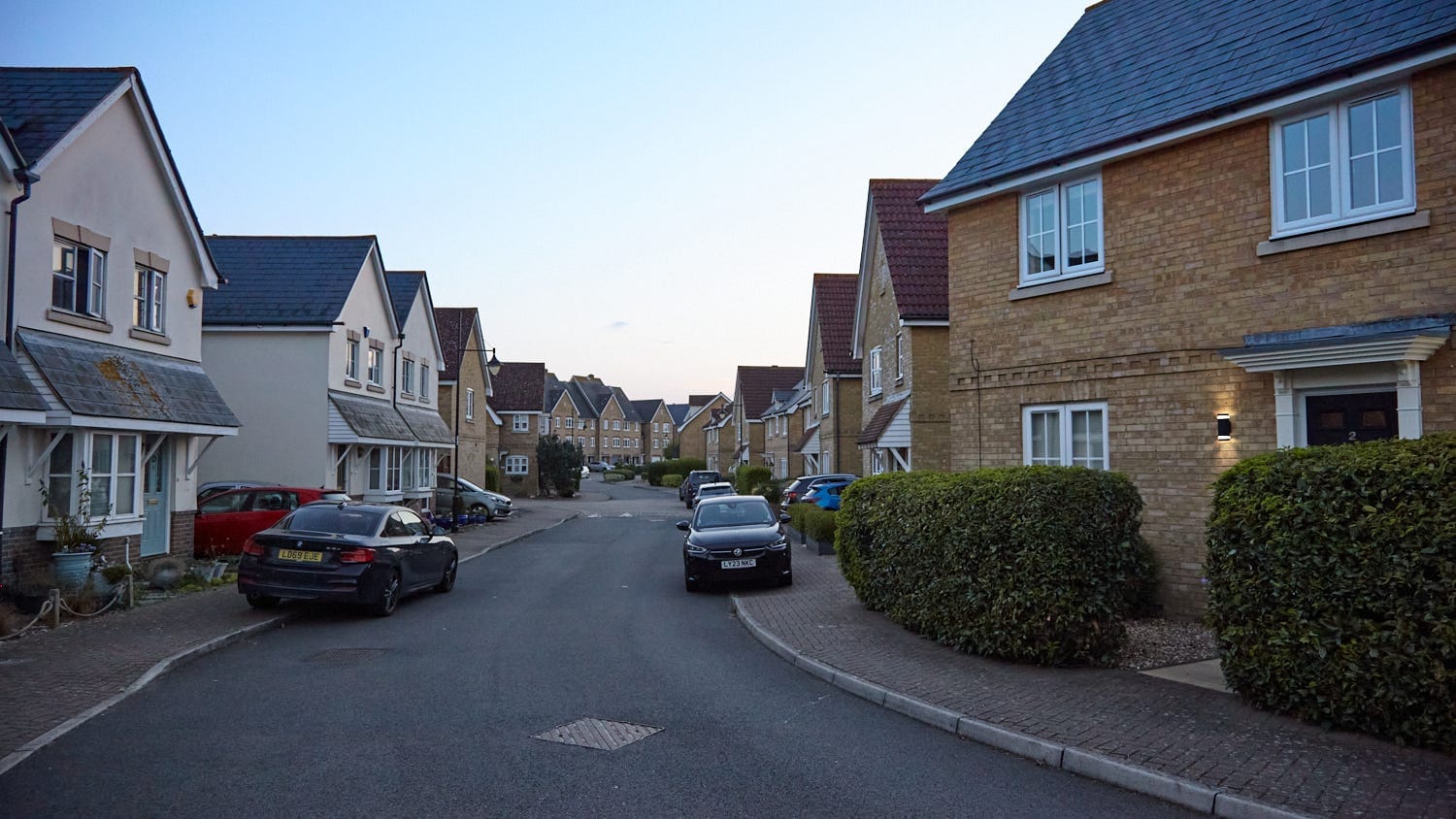
If there’s one thing I’m not expecting Sharon to get especially animated about, it’s flies. “Five months of the year my flat is full of flies as if a rotten corpse has been left in the lounge. I have to go in double-handed with two electric fly swats. I feel like Serena Williams.” The flies are a particular issue around the properties near the river and become a hot topic of conversation in early summer when everyone realises they are back.
While Sharon might sound negative about the island, there are things she likes about it. As a runner, she says it is a “joy to get out and run around the island.” She likes the river walk and has high praise for the children’s play areas. “The maintenance of the island is excellent. The planting and gardening is very good. But we do pay for it!”
She sees herself remaining on the island for the near future. “I have spates of thinking about moving, but sometimes I’ll drive home over the bridge, and the sun is out, the water is glinting, and the boats bobbing, and it is a great place to come home to.”



